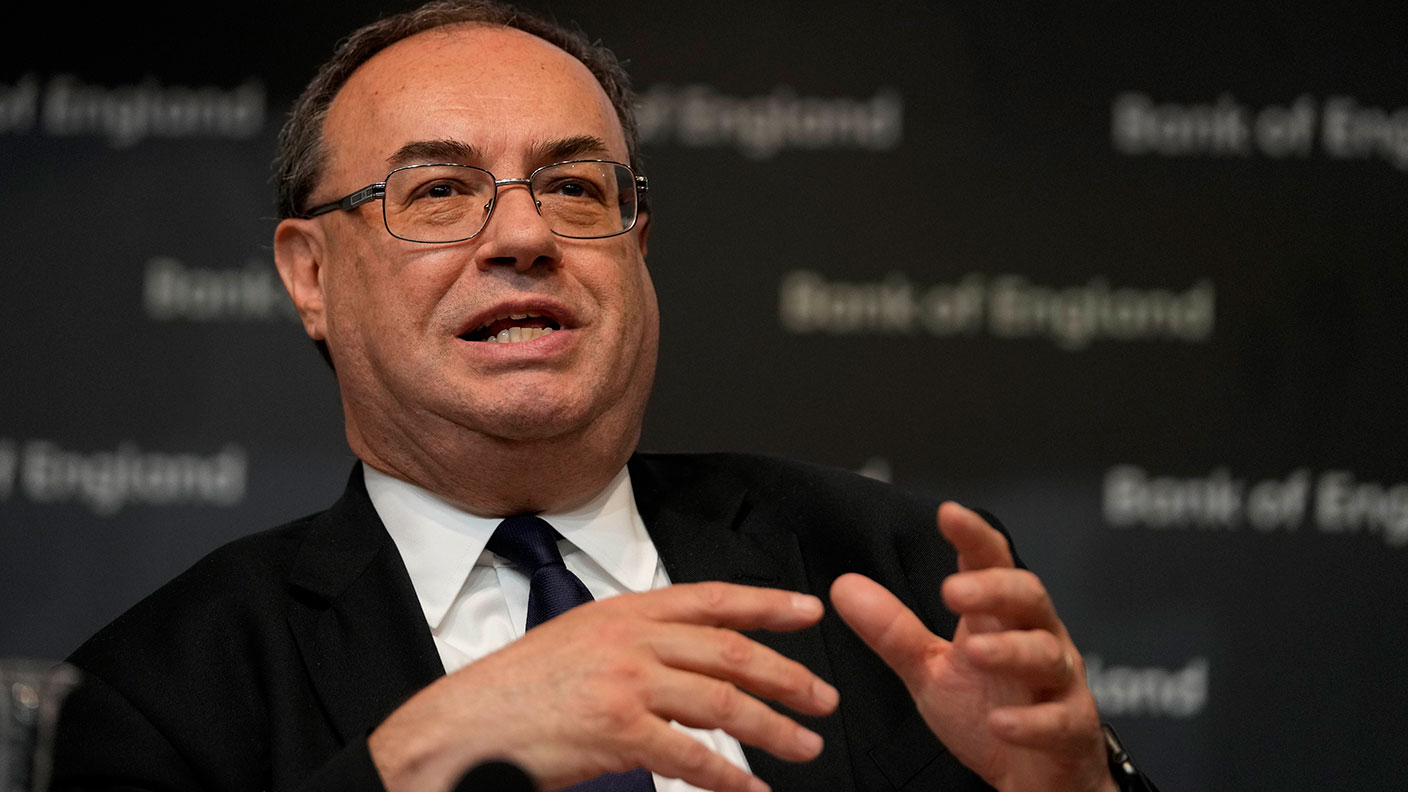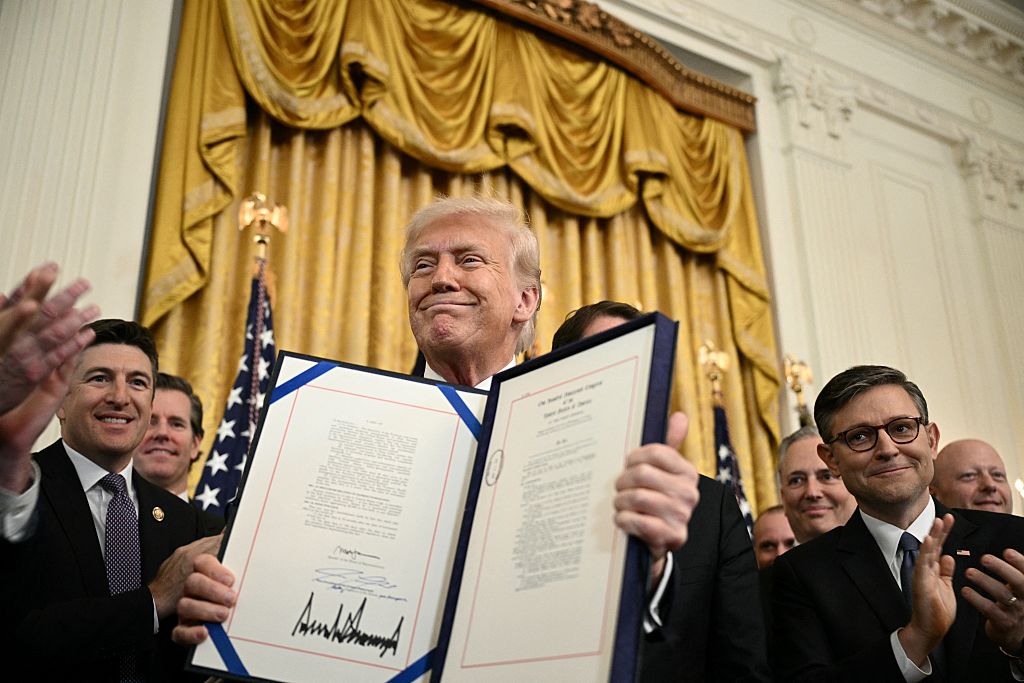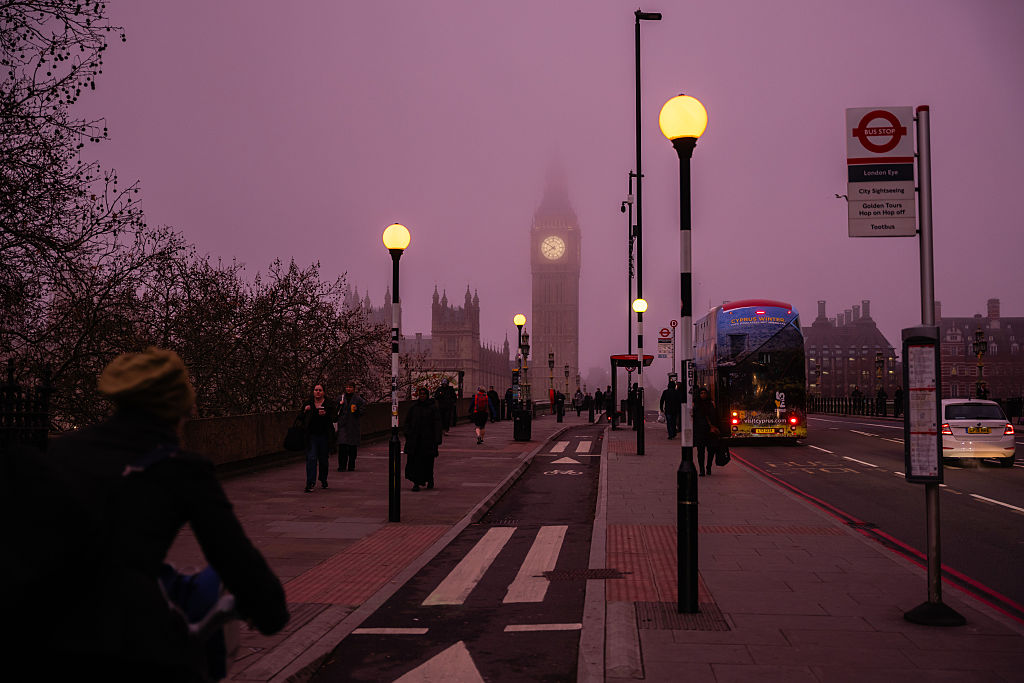Get set for another debt binge as real interest rates fall
Despite the fuss about rising interest rates, they’re falling in real terms. That will blow up a wild bubble, says Matthew Lynn.


It says something about how we have acclimatised to interest rates at 300-year lows that the move by the Bank of England to put rates up to a whole one percentage point was treated as a shock. On one level, of course it is – it is the highest rate we have seen since the dramatic cuts that followed the financial crash of 2008/09.
In the space of just a few months the price of money has risen ten-fold, and that is a dramatic rise, at least in percentage terms. At the margins it will make a difference.
Yet the really important number is the real interest rate; the cost of money after you allow for inflation. And that tells a different story.
MoneyWeek
Subscribe to MoneyWeek today and get your first six magazine issues absolutely FREE

Sign up to Money Morning
Don't miss the latest investment and personal finances news, market analysis, plus money-saving tips with our free twice-daily newsletter
Don't miss the latest investment and personal finances news, market analysis, plus money-saving tips with our free twice-daily newsletter
Inflation is already above 7%. The Bank now expects it to rise to 10% by the end of this year or early next. Right now, the real interest rate is -6%, and soon it is going to hit -9%, historically an extraordinarily low figure.
Sailing into uncharted waters
This is uncharted territory. No major developed economy has ever seen real rates as deep into negative territory as that. When inflation spiked at 8% in 1992, the last time we saw a surge in inflation at the rate we are seeing it today, interest rates were at 12%, a real rate of plus 4%.
Even when rates were cut close to zero in the wake of the financial crisis of 2008, inflation was close to nothing as well, so the real rate hovered around -1% or -2%. In the inflationary spiral of the 1970s, inflation touched 20% in the UK, but interest rates also went as high as 16%, so the real rate remained relatively stable. A real rate of -9% is something very new.
It’s not just the Old Lady, of course. Every major central bank is engaged in a similar experiment. In the US, real interest rates are now -8% and will probably go deeper into negative territory. In the eurozone, the numbers are even more dramatic. With inflation hitting 16%, Lithuania now has negative rates of 15.9%, given that the European Central Bank still hasn’t moved to raise the cost of money. Most eurozone countries are already at -6% or -7%.
The upshot is that we should expect all the distortions that affect an economy when money is massively cheap. Such as? First, a boom in consumer credit. Individuals will borrow more to pour into property or other real asset.
And why not? When the value of your debt is falling by 9% a year in real terms it will be wiped out very quickly, assuming that house prices keep up with inflation. At the same time, savings will be all but wiped out. There is no point at all in keeping cash in the bank when it is losing almost a tenth of its value by sitting there. We will see a huge expansion of credit, while the saving to finance it collapses – hardly the recipe for a healthy economy.
Second, companies will go on a borrowing spree as well, leveraging themselves to the hilt. Again, why not when money is this cheap? You can borrow a ton of money, take over a business with stable cash flow, and then, assuming it can raise its prices in line with inflation, you can easily pay back the price you paid from its own revenues. Given that many major British companies started out with too much debt on their balance sheet to start with, that can hardly be a positive development either.
A shot in the arm for zombies
Finally, zombie companies will be kept afloat. We have lived with this problem ever since rates went down close to zero. Businesses that had no real future could stagger on because they could borrow to keep going even though they were hardly profitable. But real rates of -9% will make this problem far, far worse. In the long run, that will be a disaster for the economy.
It is easy to be fooled by quarter-point rises into thinking that rates are being tightened. That is what the Bank says it is doing, and that is what the headlines say. That is to completely mis-read what is actually happening. In truth, as inflation continues to accelerate at a far faster rate than the cost of money, in real terms rates are being cut, and dramatically so. We have a few decades of history to tell us that is only going to stoke another wild bubble in borrowing and asset prices – and with this one we don’t even know when it will end.
Get the latest financial news, insights and expert analysis from our award-winning MoneyWeek team, to help you understand what really matters when it comes to your finances.
Matthew Lynn is a columnist for Bloomberg, and writes weekly commentary syndicated in papers such as the Daily Telegraph, Die Welt, the Sydney Morning Herald, the South China Morning Post and the Miami Herald. He is also an associate editor of Spectator Business, and a regular contributor to The Spectator. Before that, he worked for the business section of the Sunday Times for ten years.
He has written books on finance and financial topics, including Bust: Greece, The Euro and The Sovereign Debt Crisis and The Long Depression: The Slump of 2008 to 2031. Matthew is also the author of the Death Force series of military thrillers and the founder of Lume Books, an independent publisher.
-
 ‘Why I have ditched my Help to Buy ISA for cash savings and the stock market’
‘Why I have ditched my Help to Buy ISA for cash savings and the stock market’Without the 25% bonus, my Help to Buy ISA is effectively redundant, says MoneyWeek writer Sam Walker.
-
 Is your inheritance tax allowance cut if you sell to downsize or sell your home to pay for care?
Is your inheritance tax allowance cut if you sell to downsize or sell your home to pay for care?Downsizing relief is a little-known benefit that could save your loved ones tens of thousands of pounds in inheritance tax after you’ve died.
-
 The steady rise of stablecoins
The steady rise of stablecoinsInnovations in cryptocurrency have created stablecoins, a new form of money. Trump is an enthusiastic supporter, but its benefits are not yet clear
-
 Goodwin: A superlative British manufacturer to buy now
Goodwin: A superlative British manufacturer to buy nowVeteran engineering group Goodwin has created a new profit engine. But following its tremendous run, can investors still afford the shares?
-
 A change in leadership: Is US stock market exceptionalism over?
A change in leadership: Is US stock market exceptionalism over?US stocks trailed the rest of the world in 2025. Is this a sign that a long-overdue shift is underway?
-
 Modern Monetary Theory and the return of magical thinking
Modern Monetary Theory and the return of magical thinkingThe Modern Monetary Theory is back in fashion again. How worried should we be?
-
 Metals and AI power emerging markets
Metals and AI power emerging marketsThis year’s big emerging market winners have tended to offer exposure to one of 2025’s two winning trends – AI-focused tech and the global metals rally
-
 King Copper’s reign will continue – here's why
King Copper’s reign will continue – here's whyFor all the talk of copper shortage, the metal is actually in surplus globally this year and should be next year, too
-
 The coming collapse in the jobs market
The coming collapse in the jobs marketOpinion Once the Employment Bill becomes law, expect a full-scale collapse in hiring, says Matthew Lynn
-
 Renewable energy funds are stuck between a ROC and a hard place
Renewable energy funds are stuck between a ROC and a hard placeRenewable energy funds were hit hard by the government’s subsidy changes, but they have only themselves to blame for their failure to build trust with investors
